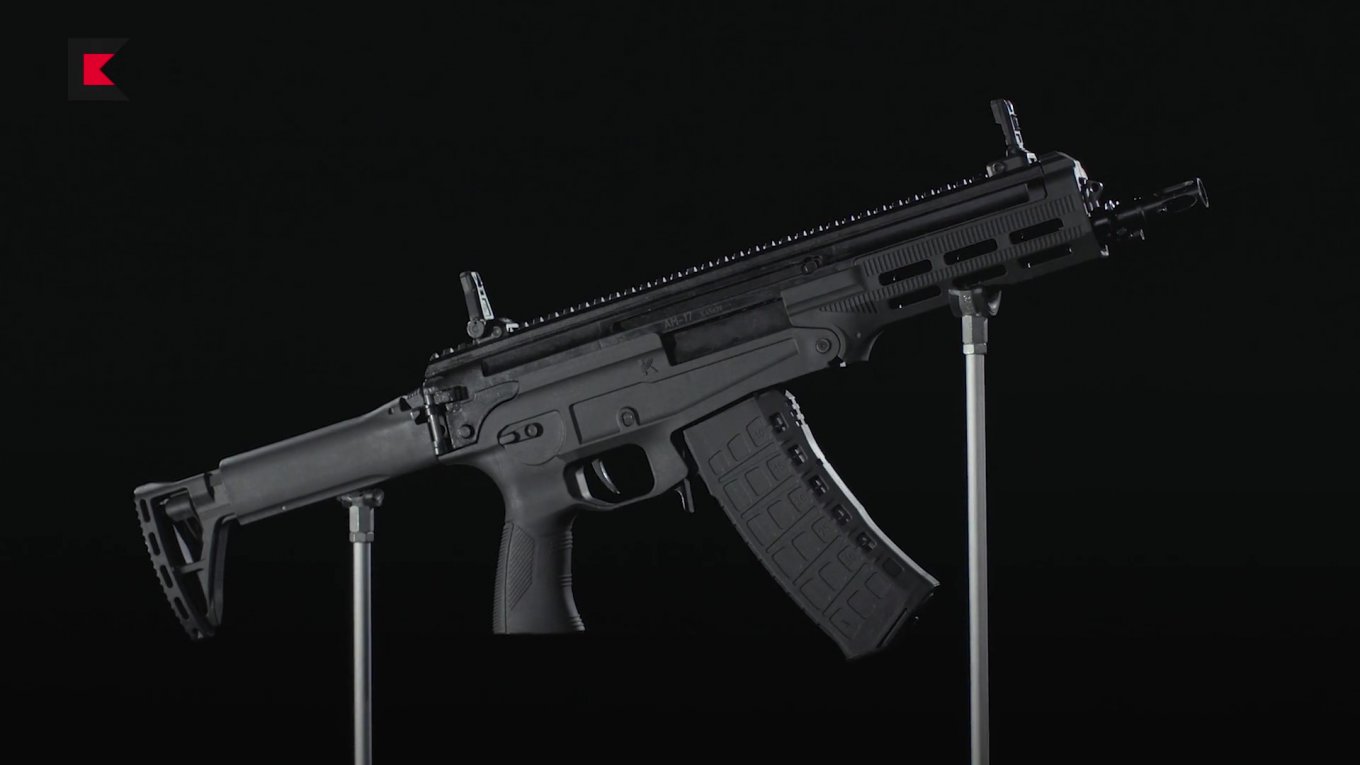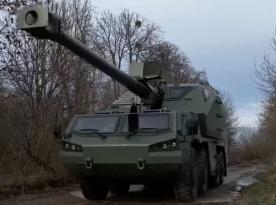Kalashnikov Group, a russian arms manufacturer, has proudly announced the launch of mass production of its latest AM-17 assault rifle in 2025. Prototypes of this weapon are already being used by russian invasion forces in Ukraine.
According to the official statement, the AM-17’s main advantages include several features so "revolutionary" for the early 21st century: extensive use of plastic, a collapsible telescopic stock, an ambidextrous fire mode selector, and the ability to switch the cocking handle to either side of the firearm. Also, the rifle now uses the NATO-standard Picatinny rail system for accessories, replacing the Soviet-era dovetail mount.
Read more: Demodernized AK-12 2023 Model Secures Place in the National Guard of the russian federation

The push for mass production of the AM-17 is tied to its intended role as a replacement for the AKS-74U. This situation, however, seems ironic because the AM-17 was actually first developed as a prototype in 1975 for a competition amongst compact 5.45 mm assault rifles but lost to the very weapon it is now meant to replace.

Designed by Yevgeny Dragunov, the same engineer behind the iconic sniper rifle, the AM-17 — then known as the "MA" (small machine gun) — was indeed innovative for its time. It featured extensive use of plastic and a groundbreaking design that split the gun into two parts: a plastic lower receiver and a steel upper receiver which bore all the stress.
The MA weighed 200 grams less than the AKS-74U, had a slightly longer barrel, and boasted a higher rate of fire — 100 rounds per minute more than its competitor. It was also more ergonomic, with the fire mode selector placed near the trigger guard and a buttstock that folded upward rather than sideways.
However, the MA's initial design had reliability issues, not due to the plastic components but because of problems with the trigger mechanism and deformations of the piston in the gas operation system. A redesigned flash suppressor was also needed.
By the time these modifications were in progress, the AKS-74U had already won the competition and was adopted by the Soviet military in 1979. Though soon enough, already in the 1990s, talks began of replacing the AKS-74U.

In 2017, Kalashnikov reintroduced the AM-17 as the replacement for the AKS-74U. Despite claims of innovation, the AM-17 essentially replicates many of the MA's original design concepts, with only slight cosmetic updates being marketed as cutting-edge features.
Even russian military bloggers have not been very enthusiastic in their reception of the AM-17, viewing it as yet another example of Kalashnikov Group’s limited technological progress. This skepticism mirrors the criticism surrounding other recent Kalashnikov designs, such as the AK-12 rifle, discarded by special forces, and highlights broader issues in russia's small arms industry, as seen with the devastating reviews of the Lebedev pistol by russian special forces.
Read more: Kalashnikov Still Bad at Making Handguns: russian Special Forces Destroy Lebedev Pistol With Critical Review (Document)














